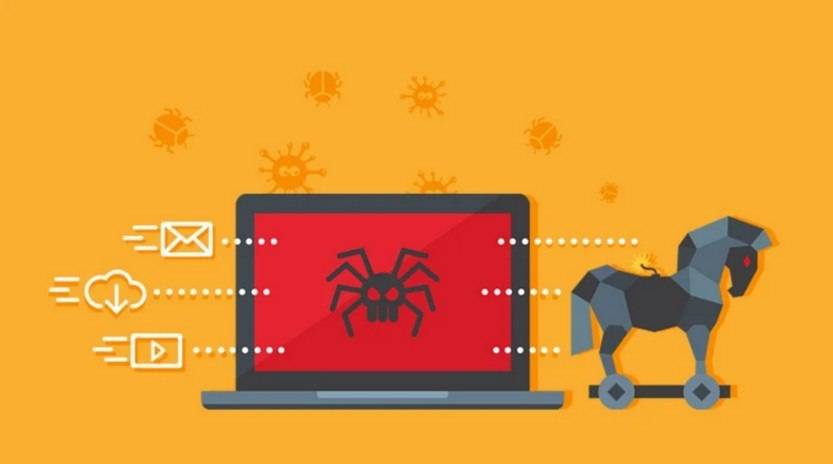Scams have become an unfortunate reality in the digital age, with cybercriminals constantly devising new ways to deceive unsuspecting individuals. One such scam that has recently gained attention is the ‘Unsuccessful Telstra Direct Debit’ phishing scam. This article aims to provide a comprehensive overview of this scam, including what it is, how it works, what to do if you have fallen victim, technical details, and relevant statistics.

What is the ‘Unsuccessful Telstra Direct Debit’ Phishing Scam?
The ‘Unsuccessful Telstra Direct Debit’ phishing scam is an attempt by cybercriminals to trick Telstra customers into providing their personal and financial information. The scam typically begins with an email or text message that appears to be from Telstra, informing the recipient that their recent direct debit payment has failed. The message urges the recipient to click on a link or download an attachment to rectify the issue.
However, these messages are not legitimate and are designed to deceive users into divulging their sensitive information, such as credit card details, login credentials, or other personal data. The scammers then use this information for various malicious purposes, including identity theft, financial fraud, or unauthorized access to accounts.
How Does the Scam Work?
The ‘Unsuccessful Telstra Direct Debit’ phishing scam employs various tactics to trick unsuspecting individuals. Here is a step-by-step breakdown of how the scam typically unfolds:
- The scam begins with the cybercriminals sending out a large number of emails or text messages, posing as Telstra.
- The message informs the recipient that their recent direct debit payment to Telstra has failed.
- The recipient is urged to click on a link or download an attachment to resolve the issue.
- Clicking on the link or downloading the attachment leads the victim to a fake Telstra website that closely resembles the legitimate one.
- The victim is prompted to enter their personal and financial information, such as credit card details or login credentials.
- Once the victim submits their information, it is captured by the scammers.
- The scammers can then use this information for various malicious purposes, such as identity theft or financial fraud.
It is important to note that these phishing attempts can be highly convincing, with scammers employing sophisticated techniques to make their messages and websites appear legitimate. They may use Telstra’s branding, logos, and even replicate the design of the official website to deceive users.
What to Do If You Have Fallen Victim?
If you have fallen victim to the ‘Unsuccessful Telstra Direct Debit’ phishing scam or suspect that your information may have been compromised, it is crucial to take immediate action to minimize the potential damage. Here are the steps you should follow:
- Change your passwords: Start by changing the passwords for all your online accounts, especially those associated with Telstra or any financial institutions.
- Contact Telstra: Reach out to Telstra’s customer support immediately to inform them about the scam and seek their guidance on further steps to take.
- Monitor your accounts: Regularly monitor your bank accounts, credit card statements, and other financial transactions for any suspicious activity.
- Report the scam: Report the scam to the appropriate authorities, such as your local law enforcement agency and the Australian Cyber Security Centre (ACSC).
- Scan for malware: Run a scan with Malwarebytes Free or any reputable antivirus software to ensure that your device is not infected with malware.
By taking these steps promptly, you can mitigate the potential harm caused by falling victim to the scam.
Technical Details of the Scam
The ‘Unsuccessful Telstra Direct Debit’ phishing scam relies on various technical tactics to deceive users and capture their information. Here are some key technical details:
- Spoofed emails and messages: The scammers often use techniques to make their emails or text messages appear as if they are coming from Telstra. They may use similar email addresses, phone numbers, or even manipulate the sender information.
- Fake websites: The scammers create fake websites that closely resemble Telstra’s official website. They replicate the design, layout, and branding elements to trick users into entering their information.
- Phishing links and attachments: The emails or messages contain links or attachments that, when clicked or downloaded, redirect the victim to the fake Telstra website. These links may be disguised using URL shorteners or other techniques to appear legitimate.
- Social engineering: The scammers employ psychological manipulation techniques to create a sense of urgency or fear, compelling the victim to take immediate action without questioning the legitimacy of the message.
These technical details highlight the sophistication and complexity of the scam, making it crucial for users to remain vigilant and cautious when dealing with any suspicious messages or requests for personal information.
Statistics on Phishing Scams
Phishing scams, including the ‘Unsuccessful Telstra Direct Debit’ scam, continue to be a significant threat in the digital landscape. Here are some statistics that shed light on the prevalence and impact of phishing scams:
- In 2020, the Anti-Phishing Working Group (APWG) reported a staggering 1.4 million phishing websites detected in the first quarter alone.
- According to the Verizon Data Breach Investigations Report 2021, phishing attacks were responsible for 36% of all data breaches.
- A study by Proofpoint found that 75% of organizations experienced at least one successful phishing attack in 2020.
- The APWG’s Phishing Activity Trends Report revealed that the number of phishing attacks increased by 22% in 2020 compared to the previous year.
These statistics highlight the alarming growth of phishing scams and the need for individuals and organizations to remain vigilant and adopt robust security measures to protect themselves.
<h










